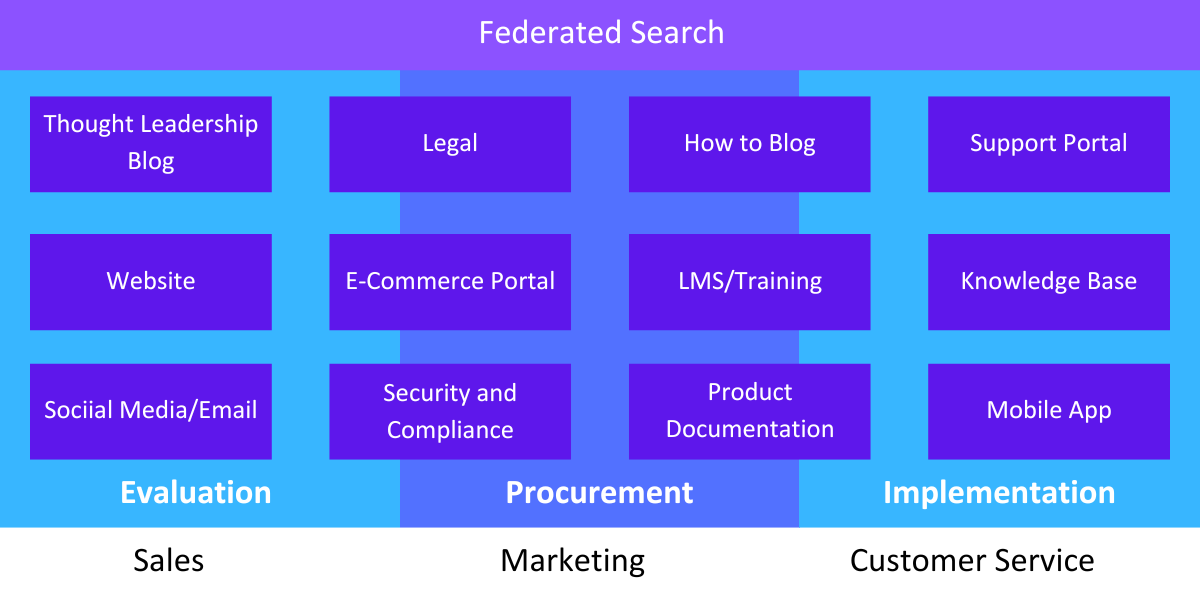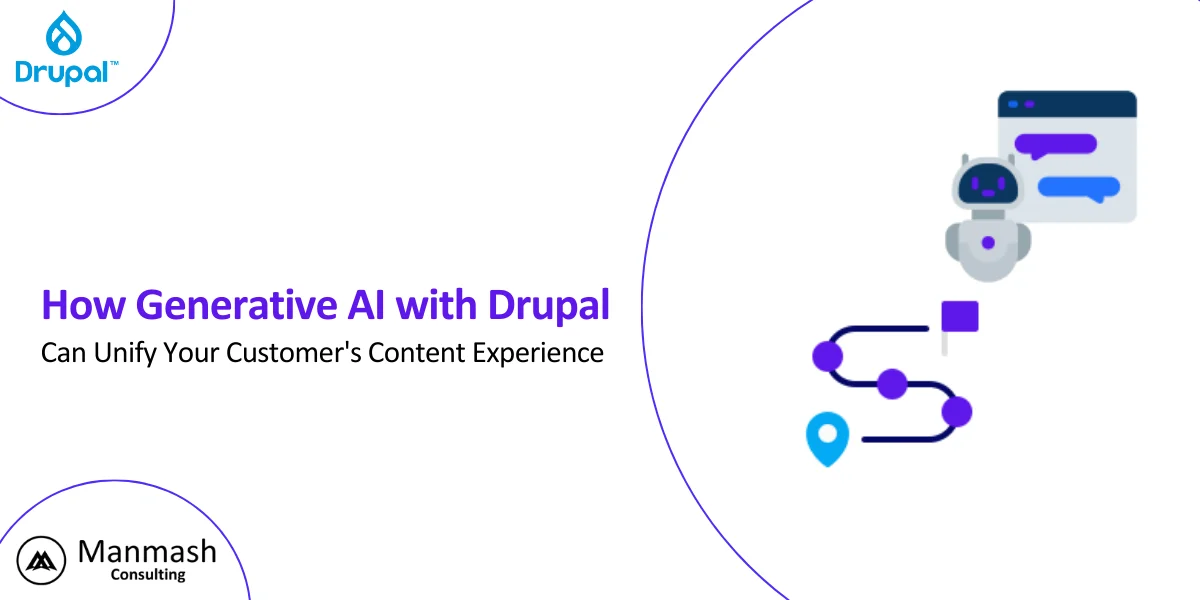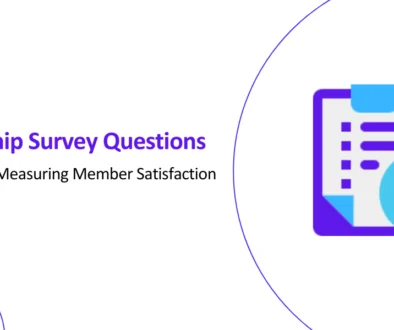How Generative AI with Drupal Can Unify Your Customer’s Content Experience
Customers today interact with your brand through a variety of touchpoints, often encountering fragmented information scattered across different silos within your organization. This blog post dives into the challenges of managing this content sprawl and explores how Generative AI (Generative Adversarial Network) can revolutionize the customer experience by creating a more unified and intuitive journey.
The Content Maze with Multiple Touchpoints: A Challenge for Customers
When customers interact with your brand, they often encounter various content silos within your organization. Here’s a list of touchpoints they might encounter:
- Thought Leadership: Customers might discover your brand through a blog post, podcast, or other thought leadership content.
- Website: They may visit your website to learn about your products and solutions.
- Email Marketing: Customers might sign up for newsletters, webinars, or email campaigns, which can help build a relationship with your brand.
- Legal Information: Customers may need to access privacy policies, terms of service, and other legal information.
- E-commerce Platform: If they plan to purchase from you online, they’ll need to navigate your e-commerce platform.
- Security and Compliance: Depending on your industry, customers may need to comply with certain regulations, such as GDPR or government standards.
- How-to Guides and Tutorials: Customers might look for blog posts, videos, or other content that shows them how to use your products.
- Training and Learning Management Systems: For more complex products, customers might require training or access to a learning management system.
- Product Documentation: Reference manuals, user guides, and other product documentation can help customers get the most out of your offerings.
- Support Portal: Customers may need to log tickets or ask for help through a support portal.
- Knowledge Base: A knowledge base can provide pre-canned solutions to common problems, helping to reduce support tickets.
- Federated Search: A federated search layer can help customers find the content they need, regardless of its location within the organization.
Each of these touchpoints serves a different purpose and might be managed by a separate team. This disjointed approach can leave customers feeling lost and frustrated. They may struggle to find the information they need, encountering inconsistencies and redundancies across different content sources.
Breaking Down the Silos: Understanding Content Governance
Here’s a breakdown of the typical content landscape within an organization:
- Evaluation Stage: Content like product comparisons and unique feature highlights helps customers assess your offerings.
- Procurement Stage: Customers need content that details product specifications, pricing, and implementation requirements.
- Implementation Stage: After purchase, customers rely on guides and tutorials to set up and configure the product.
Different teams manage this content: Sales and Marketing handle evaluation and procurement stages, while Customer Success manages implementation and ongoing support.

The Three Key Challenges of User Experience (UX) in the Digital Age

In today’s UX landscape, several challenges hinder a seamless customer experience:
- Internal Governance vs. External Experience: Independent business units often have separate budgets and purchase solutions, leading to a fragmented user experience with multiple, inconsistent user interfaces (UIs). Headless applications offer a potential solution by providing a unified front-end, but this approach requires a dedicated team focused on delivering a cohesive user experience.
- Content Sprawl and User Confusion: The proliferation of subdomains and properties can lead to a confusing experience for users who get bounced around from one site to another. This is often a consequence of managing multiple systems rather than a user-centered design decision.
- The Quest for the Fastest Answer: The market prioritizes quick answers, often relying on search-based solutions. However, even with federated search, inconsistencies in content location and messaging across different teams can leave users frustrated.
Introducing Generative AI: A Solution for a Fragmented Experience

Generative AI offers a powerful solution to these UX challenges. It can create human-quality text, translate languages, write different kinds of creative content, and answer your questions in an informative way. Here’s how it can address the issues mentioned above:
- Streamlined Governance and Open Publishing: By simplifying internal content creation and approval processes, generative AI allows for a more cohesive user experience. This approach prioritizes user needs and reduces the complexity of navigating multiple systems.
- Reduced Sprawl and Optimized UI: Instead of focusing on managing numerous UIs, generative AI allows organizations to optimize the user experience itself. This means designing intuitive interfaces that are easy to use, regardless of the number of underlying systems.
- Personalized and Contextual Responses: Generative AI personalizes the experience by understanding user intent and delivering context-specific responses, moving beyond simple search functionality. It can answer questions directly, eliminating the need for users to navigate complex search interfaces or knowledge bases.
Building a Unified User Experience with Generative AI
Imagine a user interacting with a brand through a chat interface connected to various management portals via APIs. A headless UI provides a unified front-end, while generative AI, working on top of a federated search system, surfaces the most relevant content for the user’s query. This approach requires a dedicated UX unit managing the infrastructure, working alongside existing sales, marketing, and customer service teams who continue to manage content within their respective portals.
Challenges and Solutions: Addressing the Shortcomings of Generative AI
While generative AI offers a powerful solution, it’s not without limitations. Here are some challenges and how to address them:
- Misdirection and Misinformation: Generative AI can be overly generic, leading to inaccurate answers due to language ambiguities.
- Solution: Retrieval Augmented Generation (RAG) combines existing rules engines with generative AI models. This allows organizations to inject relevant information, creating a context-aware AI that mitigates misinformation and hallucinations.
- Large Data Set Requirements: Successful machine learning requires extensive data sets with measurable outcomes. This can be a challenge for organizations with limited data resources.
- Solution: RAG allows for real-time injection of information, making it easier to maintain the AI model and adapt to evolving content.
How to Optimize the User Experience with Generative AI
Here are some key takeaways to optimize your user experience with generative AI:
- Embrace Headless Drupal Architecture: Headless Drupal unifies the user experience, improving branding, search indexing, and overall availability.
- Strive for Clickless Answers: Use a chat interface where users can ask questions and receive accurate responses directly, eliminating the need for complex navigation.
Optimizing Internal Governance for Generative AI
- Content for All Questions: Ensure your content library is comprehensive enough to address all potential user inquiries. The AI can only respond to questions for which relevant content exists.
- Streamlined Governance for Content Management: Streamline content approval processes to ensure the AI has access to the latest and most accurate information.
Enhancing Generative AI Performance:
- High-Quality Content: Invest in the latest Drupal content management system (CMS) i.e. Drupal 10 to maintain high-quality content, which is crucial for generating accurate AI responses.
- Large Language Models and Search Algorithms: Integrate large language models with existing search algorithms to enhance the quality of both generative AI and federated search.
A Case Study: Acquia’s Journey with Generative AI
Acquia, a company specializing in digital experience management, is actively exploring the potential of generative AI to enhance its customer experience. Their focus lies on improving the content experience, a common challenge for many organizations. Content sprawl across various platforms often leads to a fragmented and confusing user experience.
Acquia’s approach involves three key phases:
- Content Consolidation: Migrating all product documentation to a single Drupal CMS with a headless front-end powered by Next.js. This centralizes content and simplifies management.
- Streamlined Content Publication: Previously, content was published through GitHub, which posed challenges for non-technical contributors. Acquia has now moved content publishing back to Drupal, utilizing Next.js’s preview mode and integrating it with Jira for workflow management. This streamlines the content creation and approval process.
- Search Optimization: Acquia has invested in improving search performance, upgrading their search system, and reindexing the new content. This ensures the search function effectively delivers relevant resources to users.
By consolidating content, streamlining publication, and optimizing search, Acquia lays the groundwork for introducing a generative AI layer, ultimately creating a more intuitive and seamless user experience for their customers.
Conclusion
Generative AI presents a revolutionary approach to managing content and delivering a superior customer experience. By overcoming the challenges associated with fragmented content and complex navigation structures, generative AI paves the way for a more user-centric future. By implementing the solutions outlined above and focusing on creating high-quality content, organizations can leverage generative AI to create a unified and intuitive user journey that empowers customers to find the information they need quickly and easily.
Generative AI and Drupal CMS can be a great Combo in near future for large organizations such as Acquia looking to scale and unify content consumption experience of their customers. Looking for a Drupal web development service or Drupal 10 migration service, contact Manzar Mashhood on Linkedin, WhatsApp:+923331200550 or fill out the form on our contact us page.




